ZTE pulled out all the stops at an event in Brooklyn, New York as the company unveiled its most “revolutionary” device to date with the ZTE Axon M. Instead of seeing just a single rectangular slab, we now get TWO rectangular slabs, which are connected by a rather strong hinge.
We were lucky enough to attend the event in person, and are back to share some of our first impressions of the device.
This is just the beginning
We would be remiss to not get this started off by talking about the dual 5.2-inch displays found on the Axon M. It really is an interesting design, and it doesn’t really take shape until you have the Axon M in your hands.
The displays fold away from one another, making it possible to use the Axon M traditionally, or fold the display back out to create a 6.8-inch tablet. This tablet allows you to become a multi-tasking and productivity machine if that’s your thing.
We have been hearing that Samsung and Lenovo have been working on similar options, but ZTE was the first to produce a device that was more than just a prototype. Hat’s off to ZTE for that, and I expect that we’ll begin seeing more device launched next year that will fall into this newly-created niche market.
Modes for Days
With these dual displays, ZTE has included a way to easily activate and switch between the various modes on the Axon M, of which, there are four – Traditional, Dual Mode, Extended Mode, and Mirror Mode. These modes make it possible to interact with the Axon M in just about every way imaginable, allowing users to perform any task that they need to complete.
The implementation seems to be on point, at least from my brief time with the device. Switching modes was easy and seamless, while applications adapted to the secondary display rather nicely. ZTE stated that more than just a few apps were already capable of taking advantage of both displays, but it’s likely that we’ll see more apps updated with support once the Axon M is actually released.
It’s got a little heft
While Samsung and other OEM’s are fighting over creating the most svelte device, ZTE took a different route with the Axon M. The device weighs in at 8.11oz or 230 grams, which is much heavier than most other smartphones on the market. This increase in weight is due to the secondary display, but when you actually hold the Axon M, you will definitely notice a difference.
You can tell that ZTE didn’t skimp on the materials used to create the Axon M, as the body of the device is made from aluminum. The texture makes it rather nice to hold in the hand as you don’t have to worry about it slipping out of your hands by accident.
The problem will arise when you’re using the Axon M in Traditional mode. Since the displays fold away from one another, the back of the device will be a glass display. This will become the home for many fingerprints, so you’ll likely want to keep a microfiber cloth handy, or snag a screen protector once those are made available.
The camera is a bit odd
When you look around the Axon M, there are a few things you’re going to notice right off the bat. The first of which is likely the fact that there is only one camera sensor which is placed on the display situated to the right of the device.
This camera measures in at 20MP and the module includes a rather large LED flash positioned to the right of the camera sensor. This means that you’ll be using the same camera for your standard images as you will for those selfies. When toying around with the Axon M, it took a little bit longer to figure out how to situate the device to ensure that I was taking a picture of something in front of me.
Once you get the hang of it, I’m sure everything will be fine, but it’s definitely a bit cumbersome at first and something to keep in mind once the Axon M hits storefronts.
There’s still a fingerprint scanner
Previously I mentioned that there are a few things that you would notice right off the bat about the Axon M with the camera being the first. The second item would be the appearance of no fingerprint scanner, which would absolutely be devasting to a device launched in 2017.
I must admit, that it took me quite awhile to figure it out, but the Axon M does include a fingerprint scanner. Considering how annoying it would be to unfold the device every time you wanted to unlock, ZTE opted to embed the fingerprint scanner into the power button, versus using a separate sensor placed anywhere else on the device.
When the Axon M is folded into the Traditional position, the fingerprint scanner can be found on the left-hand side placed below the volume rocker and SIM card slot. This is the obvious and most convenient place for the fingerprint scanner without adding another sensor to either of the dual displays.
What about the specs?
This is a topic that I’m still on the fence about. On one hand, the LG G6 is still one of my favorite devices of 2017, but features a spec-sheet of something we would have seen last year. It seems that ZTE also went this route with the Axon M as it is powered by the Snapdragon 821 SoC, 4GB of RAM, and 64GB of expandable storage.
Sure, the Snapdragon 821 is still very capable even today, but with the Snapdragon 835 readily available and being used in many 2017 flagships, this move came across as a bit confusing. This might just be a case of ZTE spending more time on the hardware design and not caring about including the latest Qualcomm SoC, but it could have something to do with pricing as well.
One more thing to make note of regarding the Axon M is that this device will be shipping later this year with Android Nougat. That’s right, Android Oreo will not be available on the Axon M at launch. During the press event, ZTE claimed that Oreo will be released “in the future”, but since the final build has been out for a few months, it’s a bit unnerving to see ZTE behind the 8-ball here.
What does this mean for the industry?
As I mentioned above, Lenovo and Samsung have been working on foldable displays on devices, and we aren’t that far away from seeing what’s to come. Does this mean that the Axon M will usher in a new wave of devices, much like the Xiaomi Mi Mix did for bezel-less designs? I’m not so sure.
I’m 100% positive that we will see more devices like the Axon M launched in the next year or so, but I don’t necessarily believe this is the new way that everyone will interact with their devices. Instead, these flexible/foldable displays will arrive on the market, but will only appeal to a minor portion of the public.
More than a few times during yesterday’s event, I heard the following: “This is cool, but I’m really excited to see what Samsung does”. And that’s an event with mostly media and press attendees and not even anyone from the general public. So maybe I’m wrong, but I think the Axon M won’t be relevant for very long.
Let us know what you think about the Axon M, and if you are interested in giving the device a whirl for yourself.



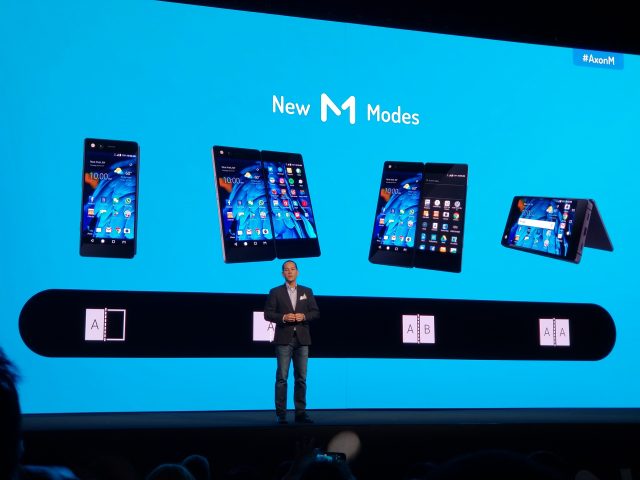

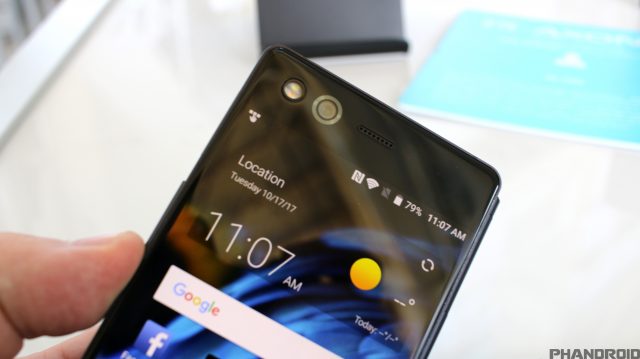
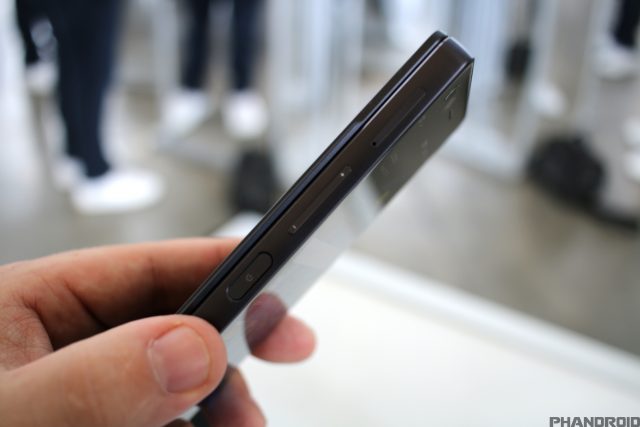
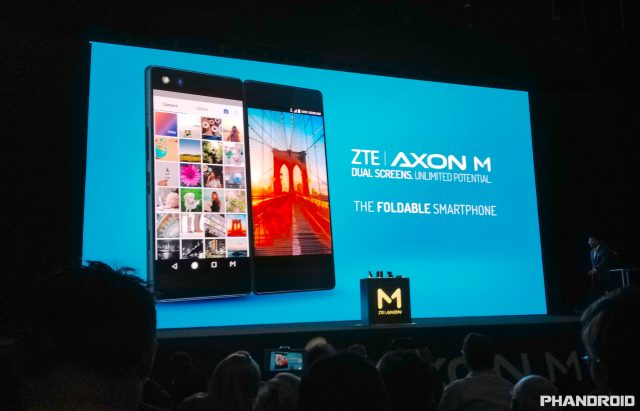




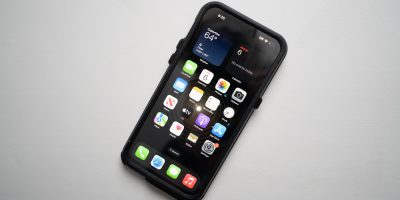
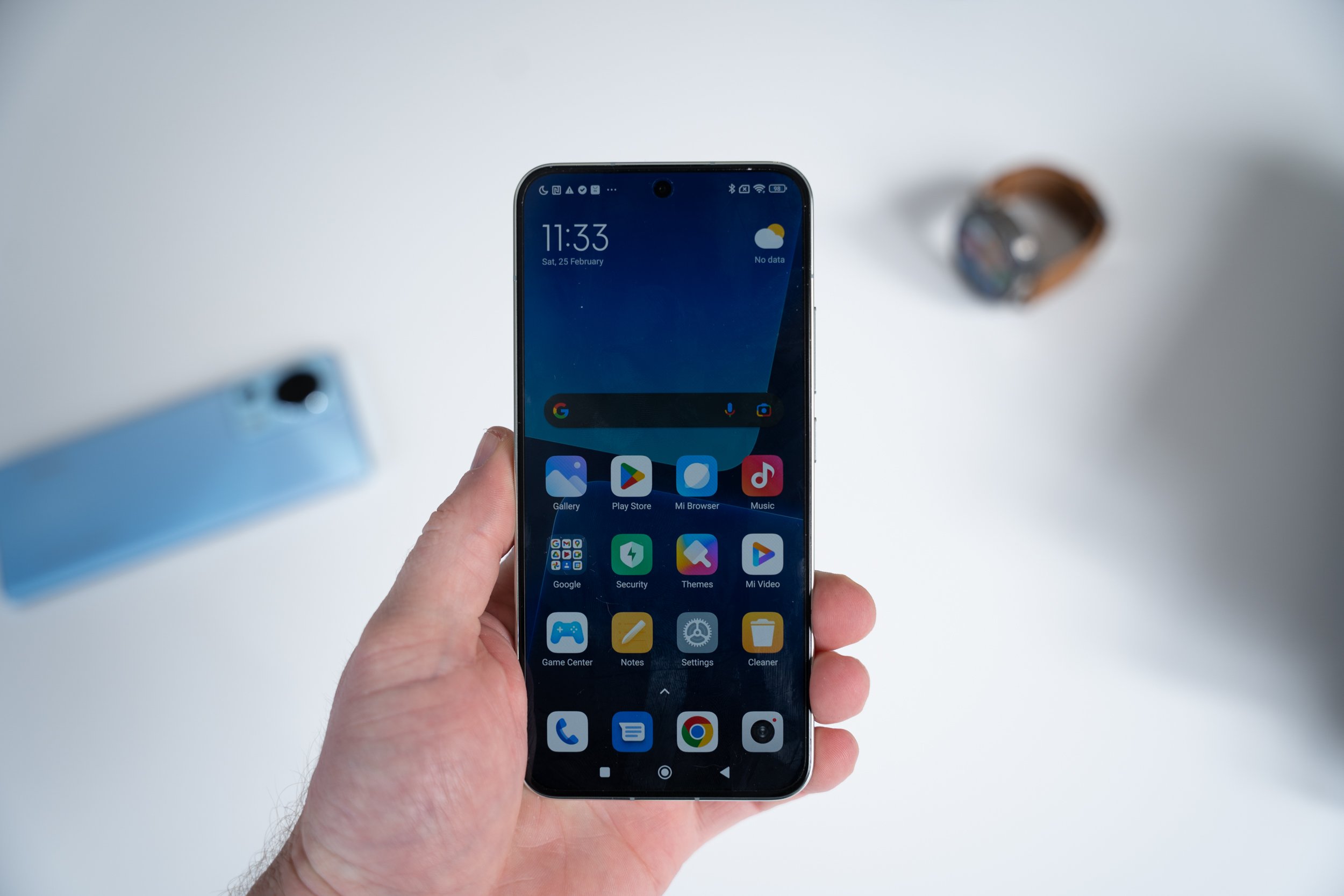

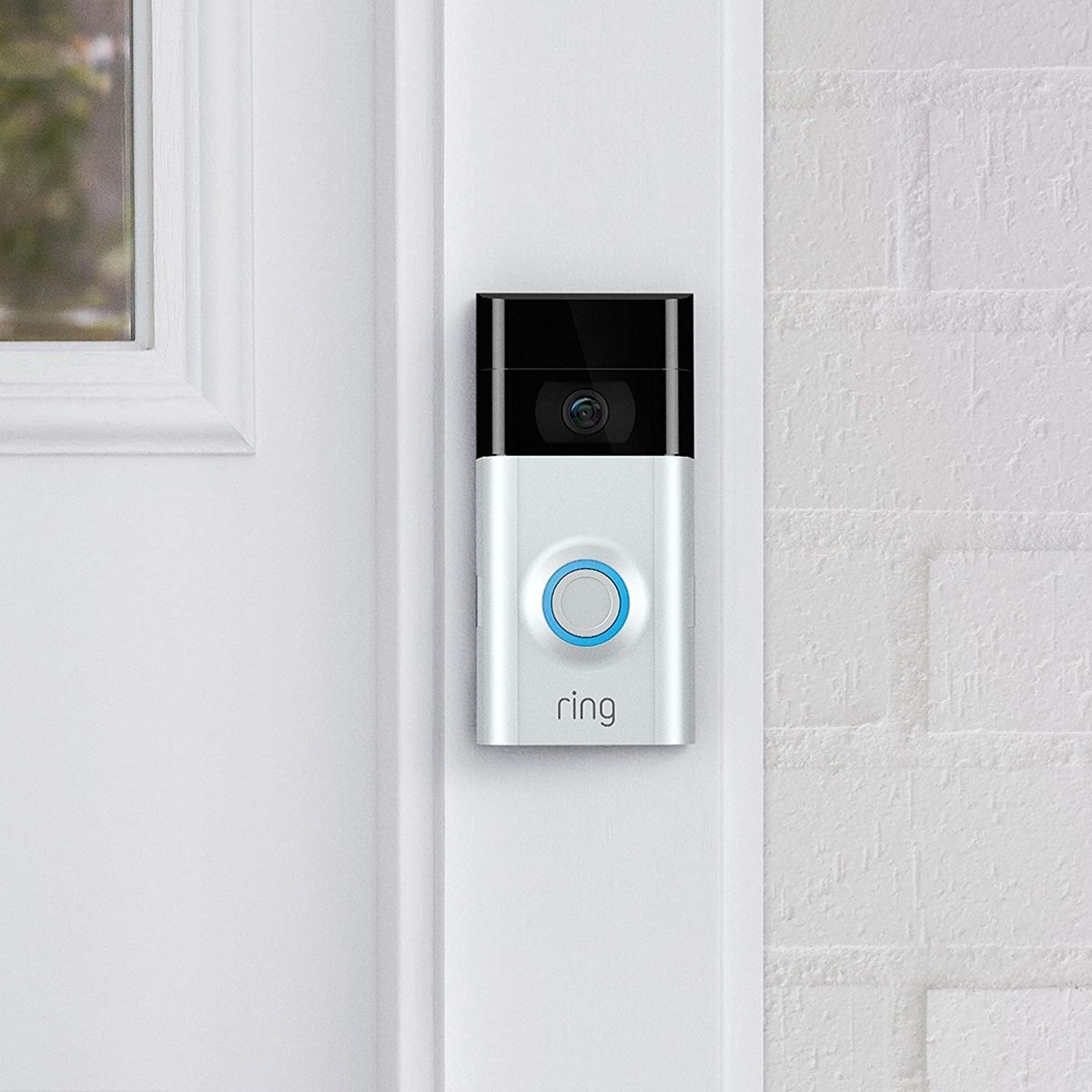

Comments